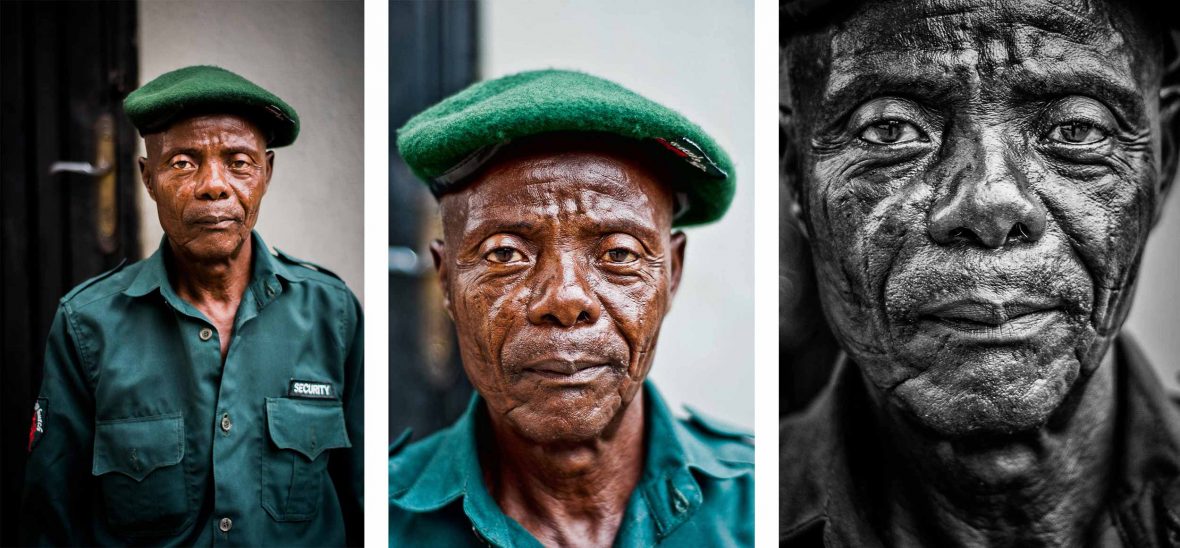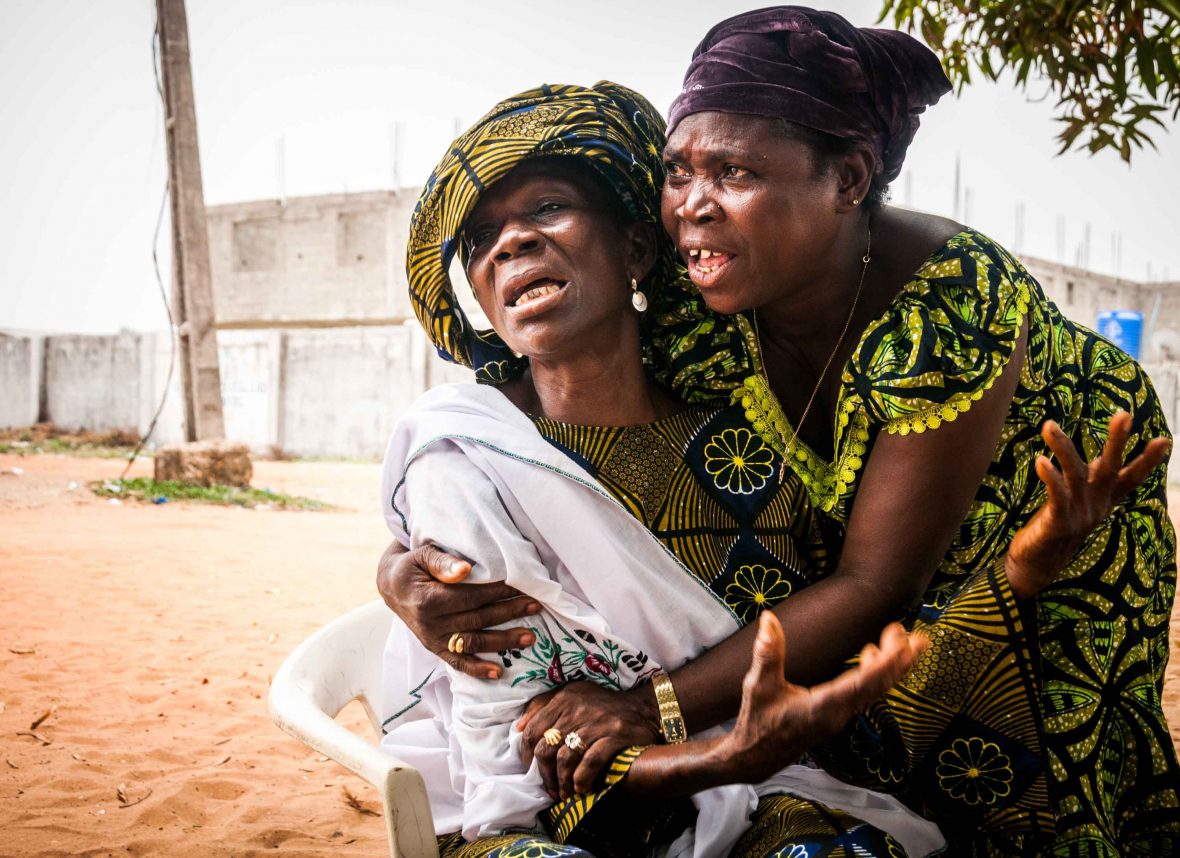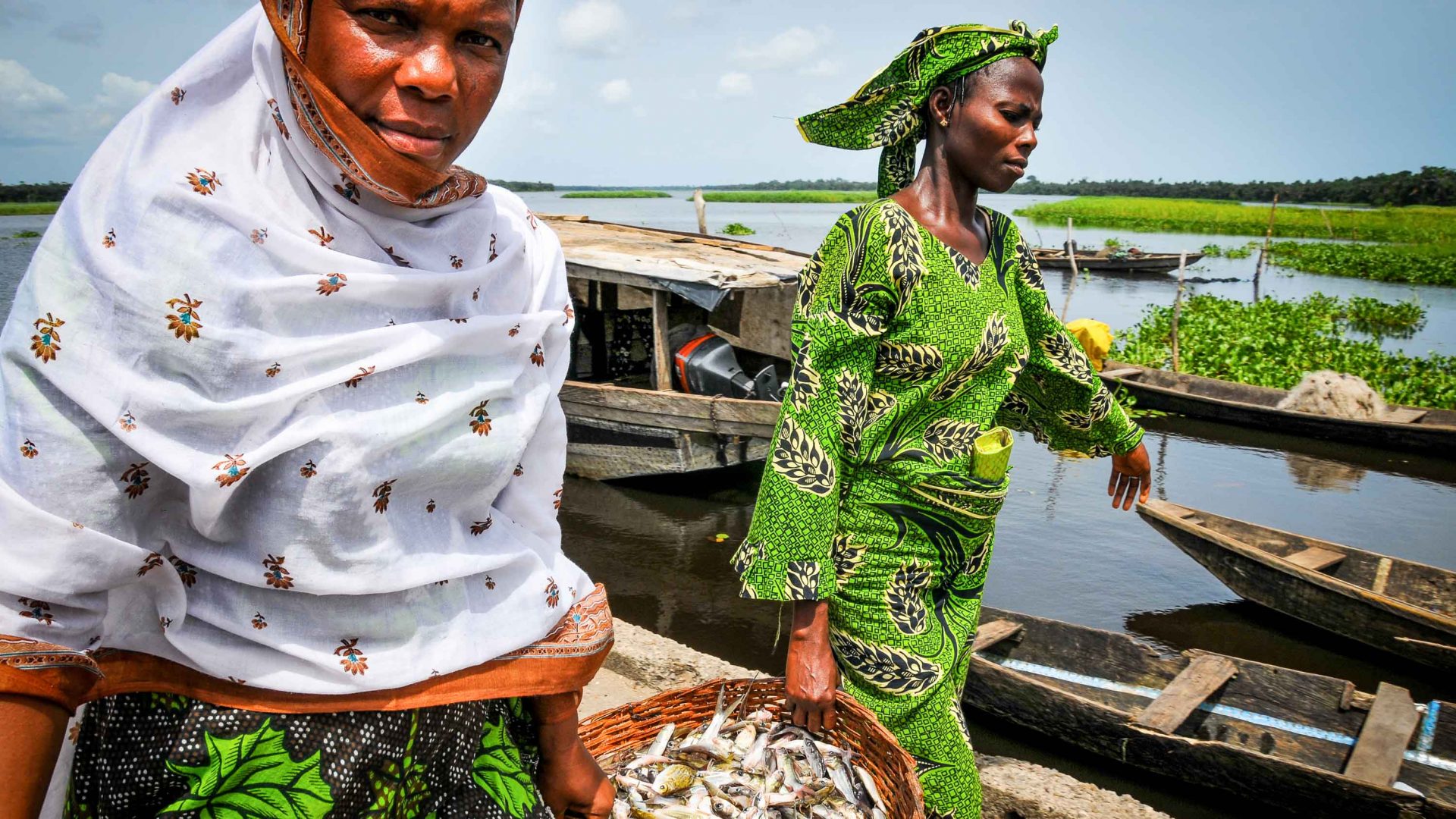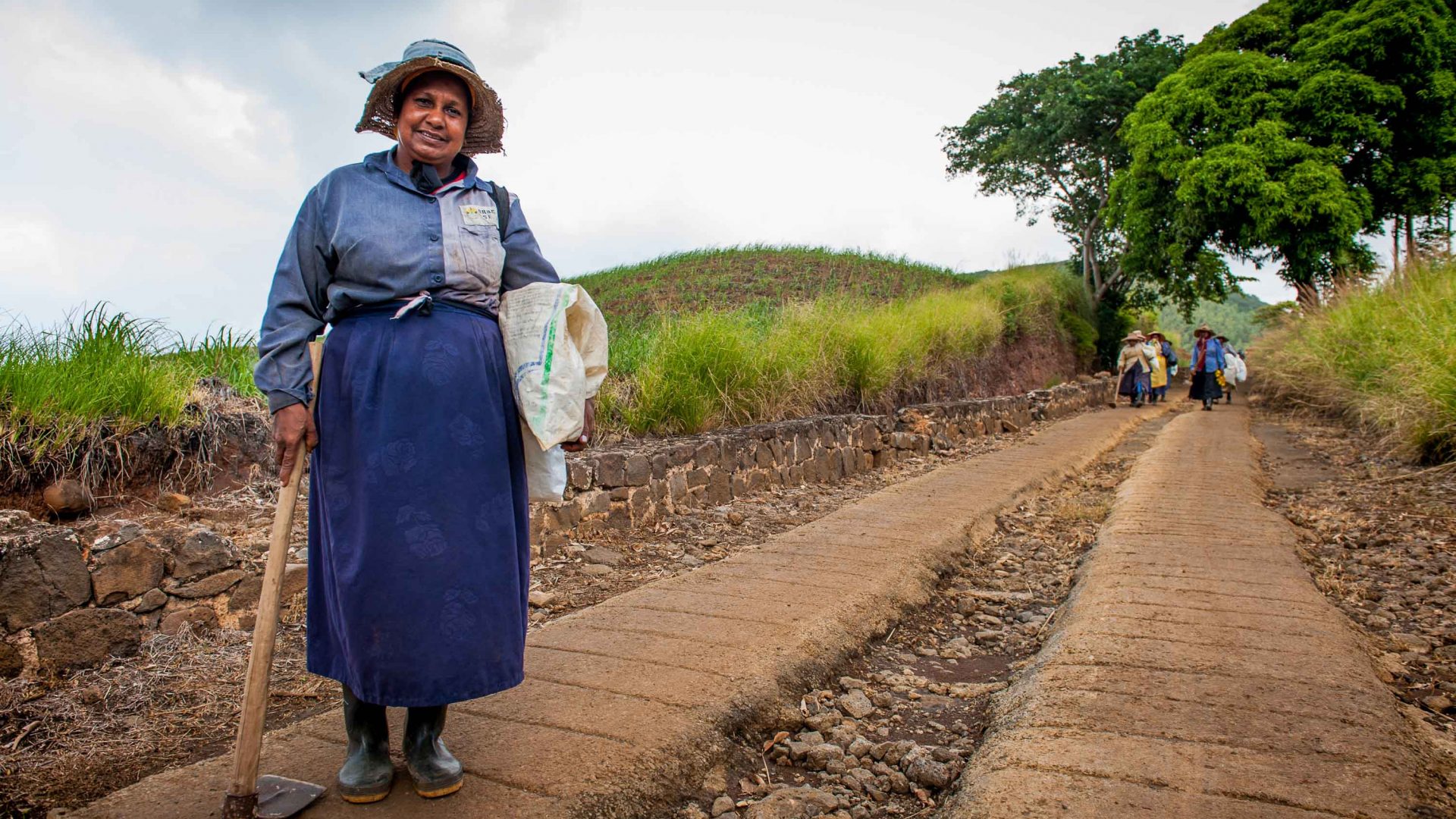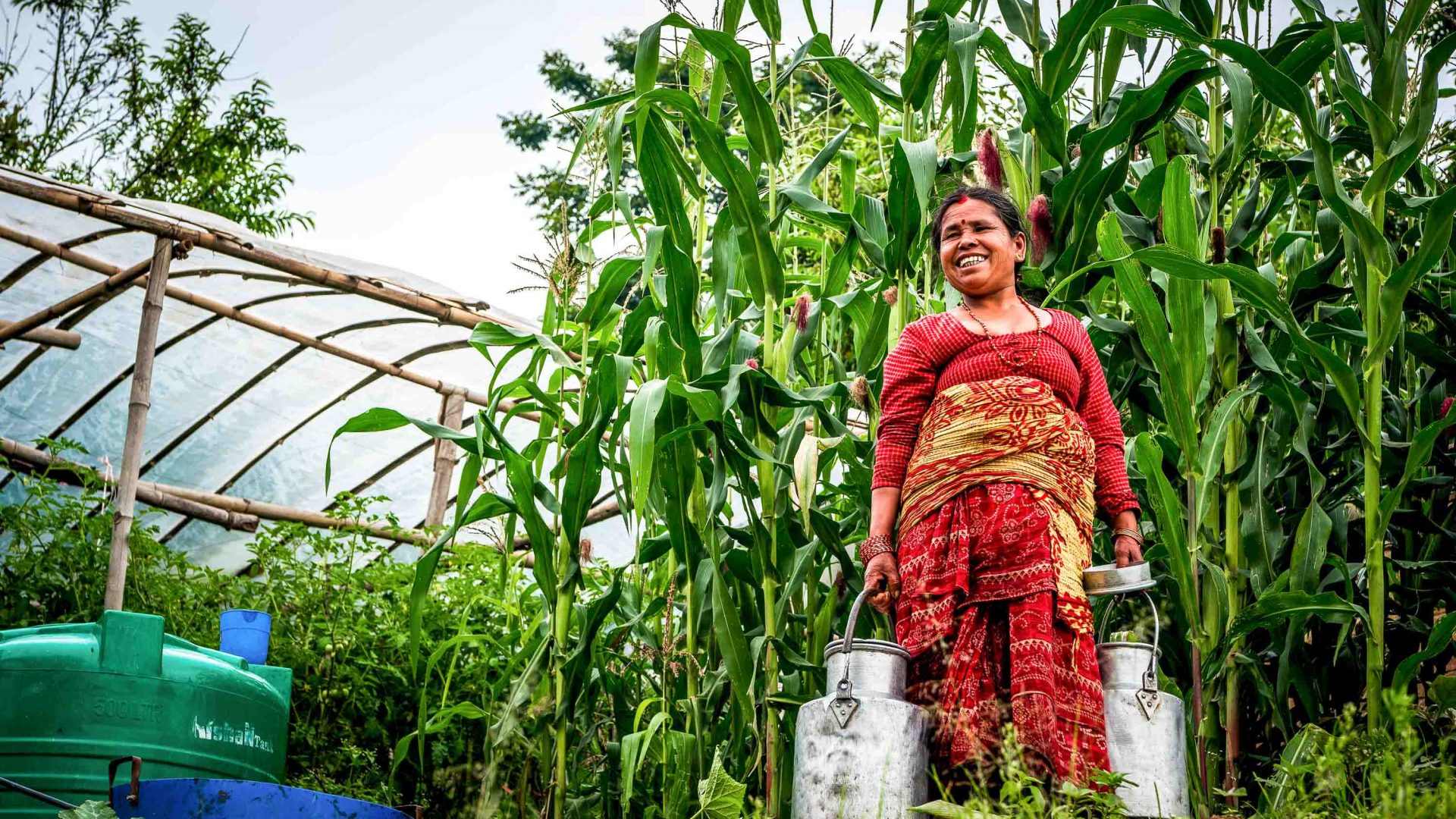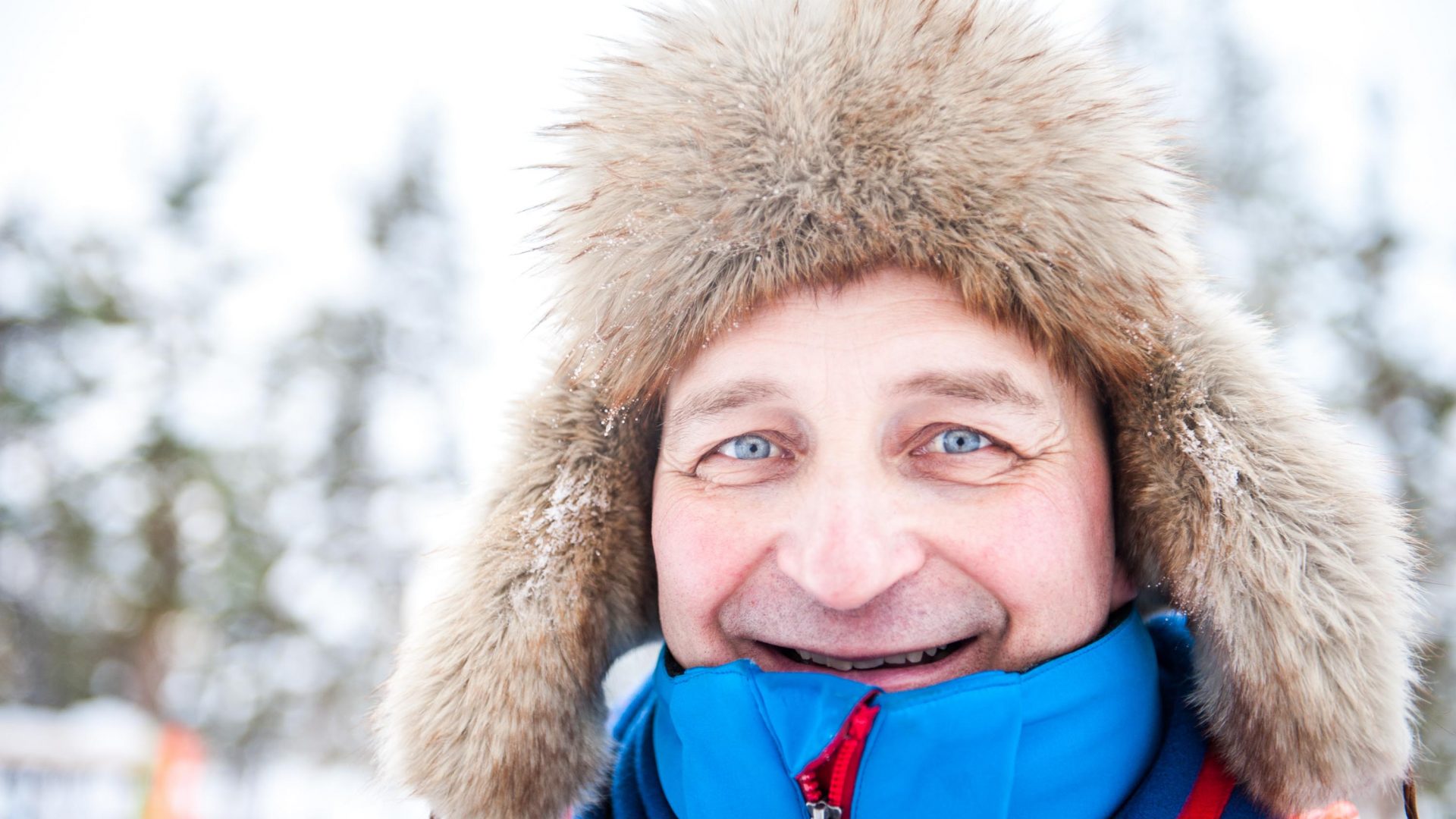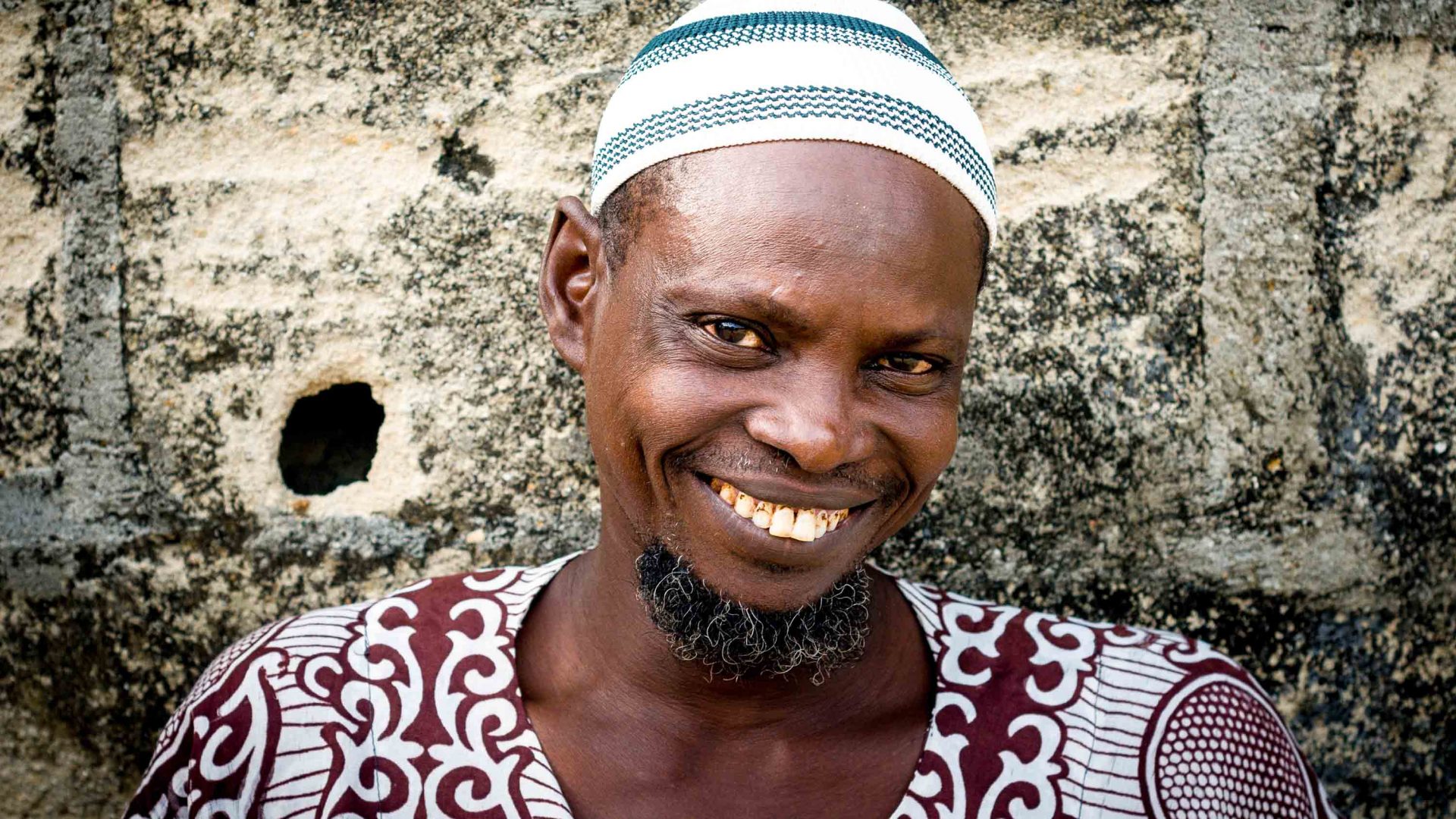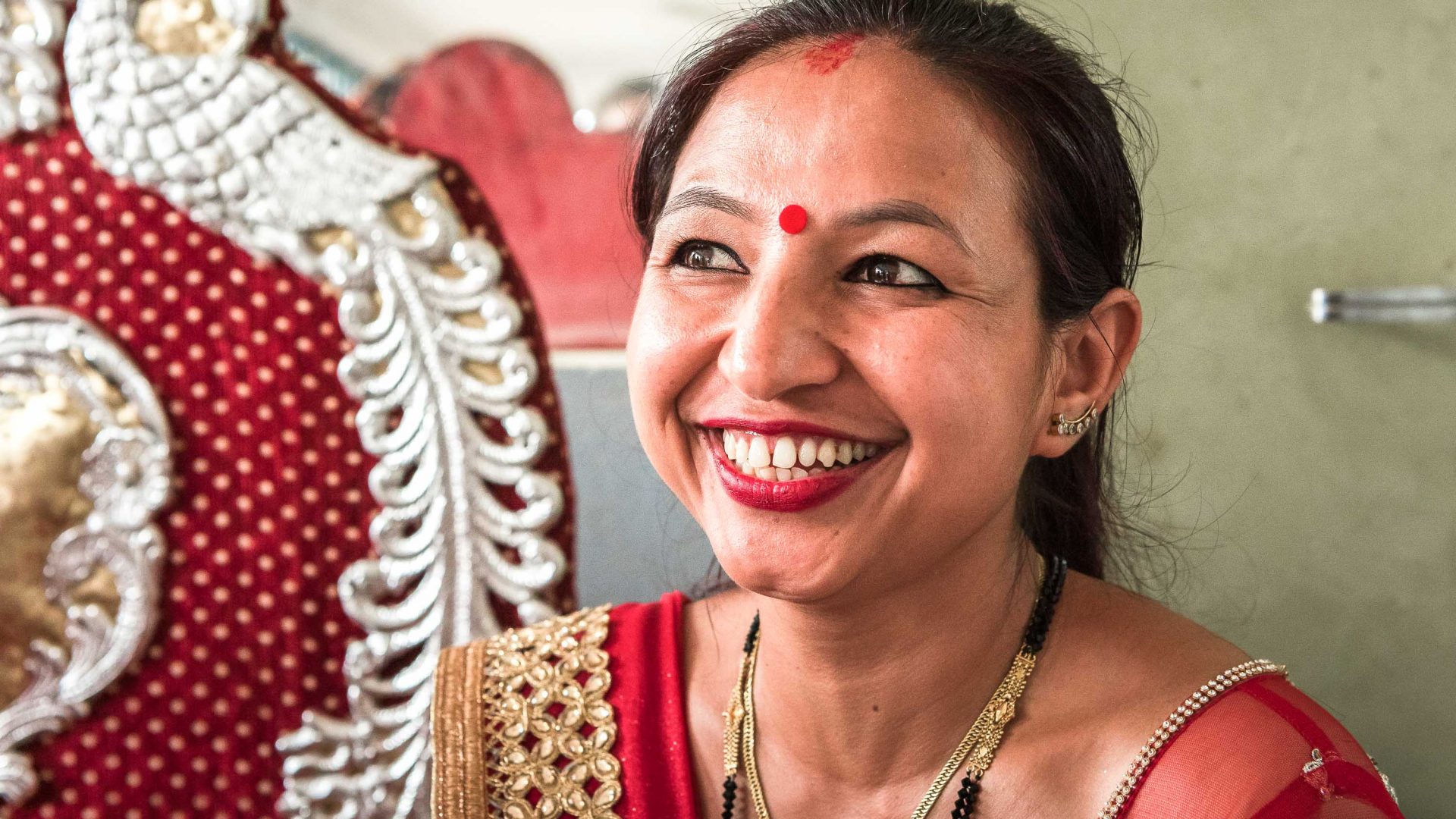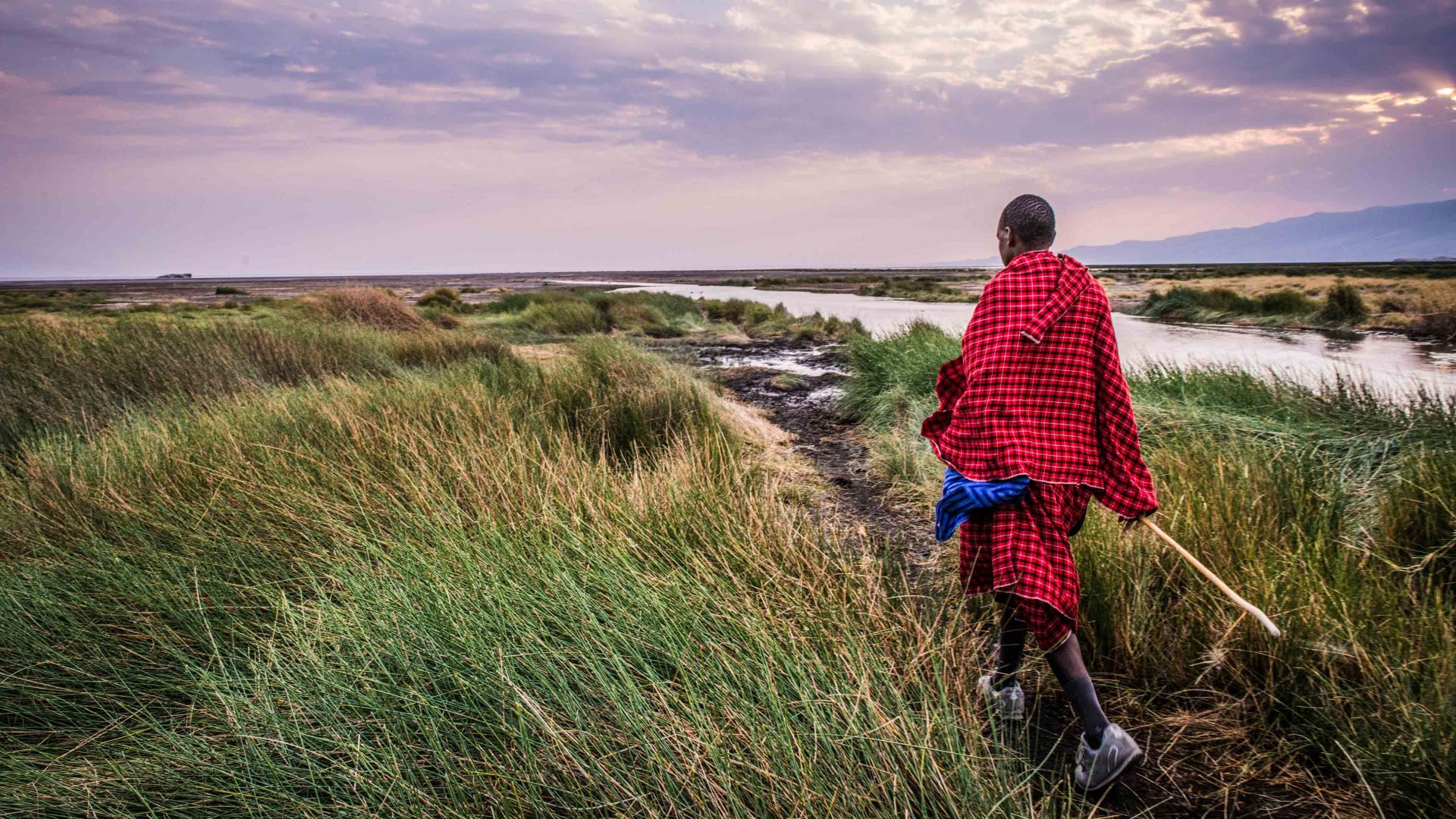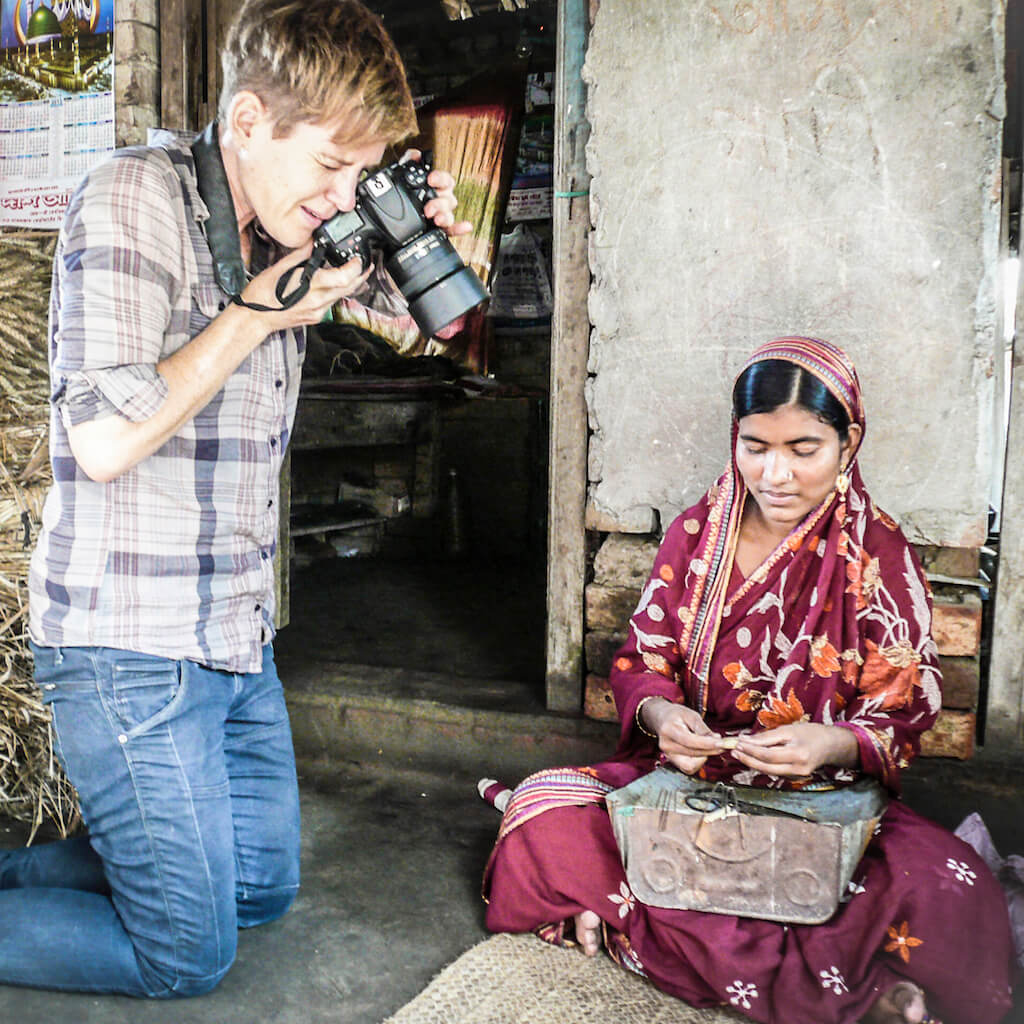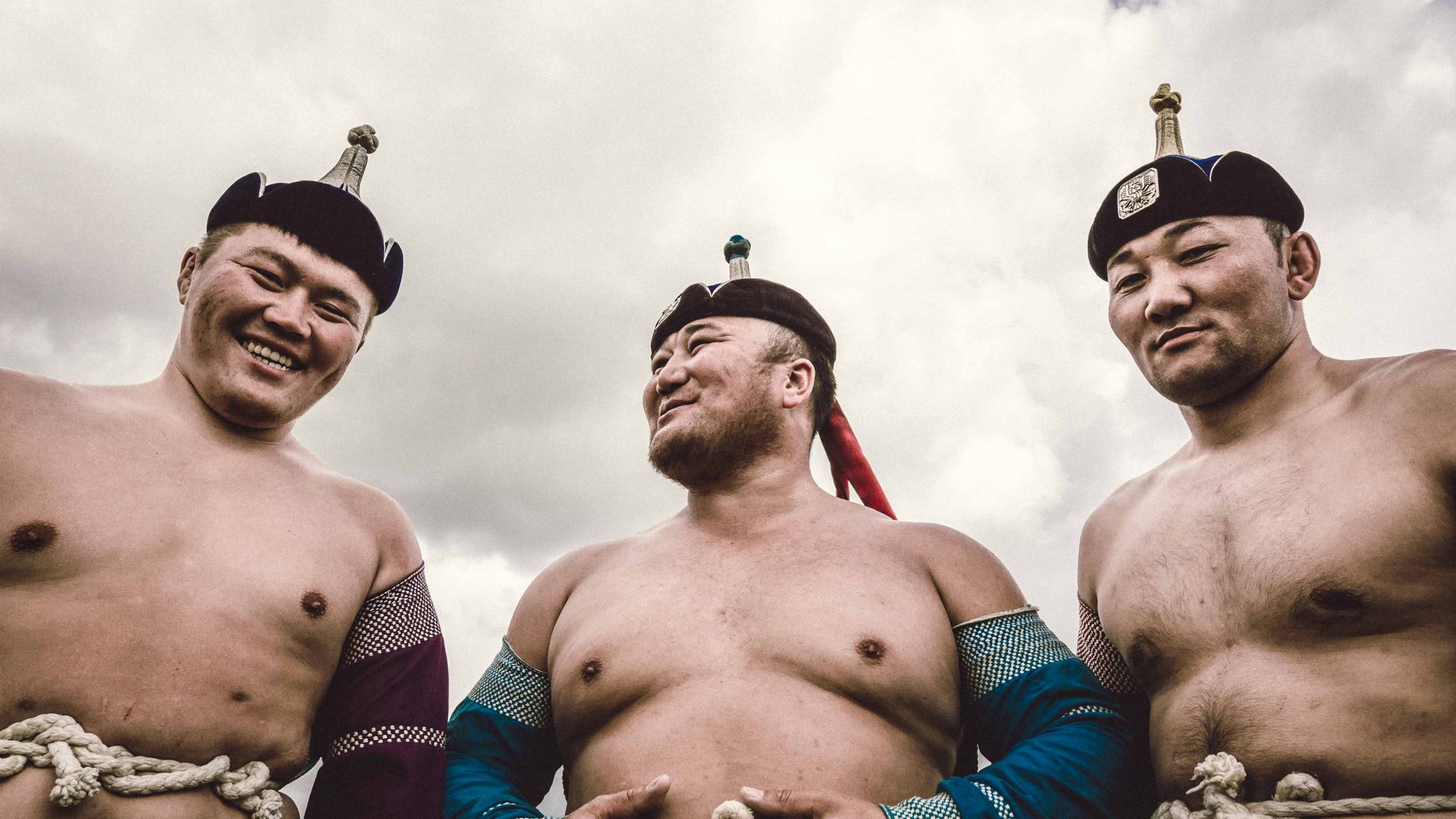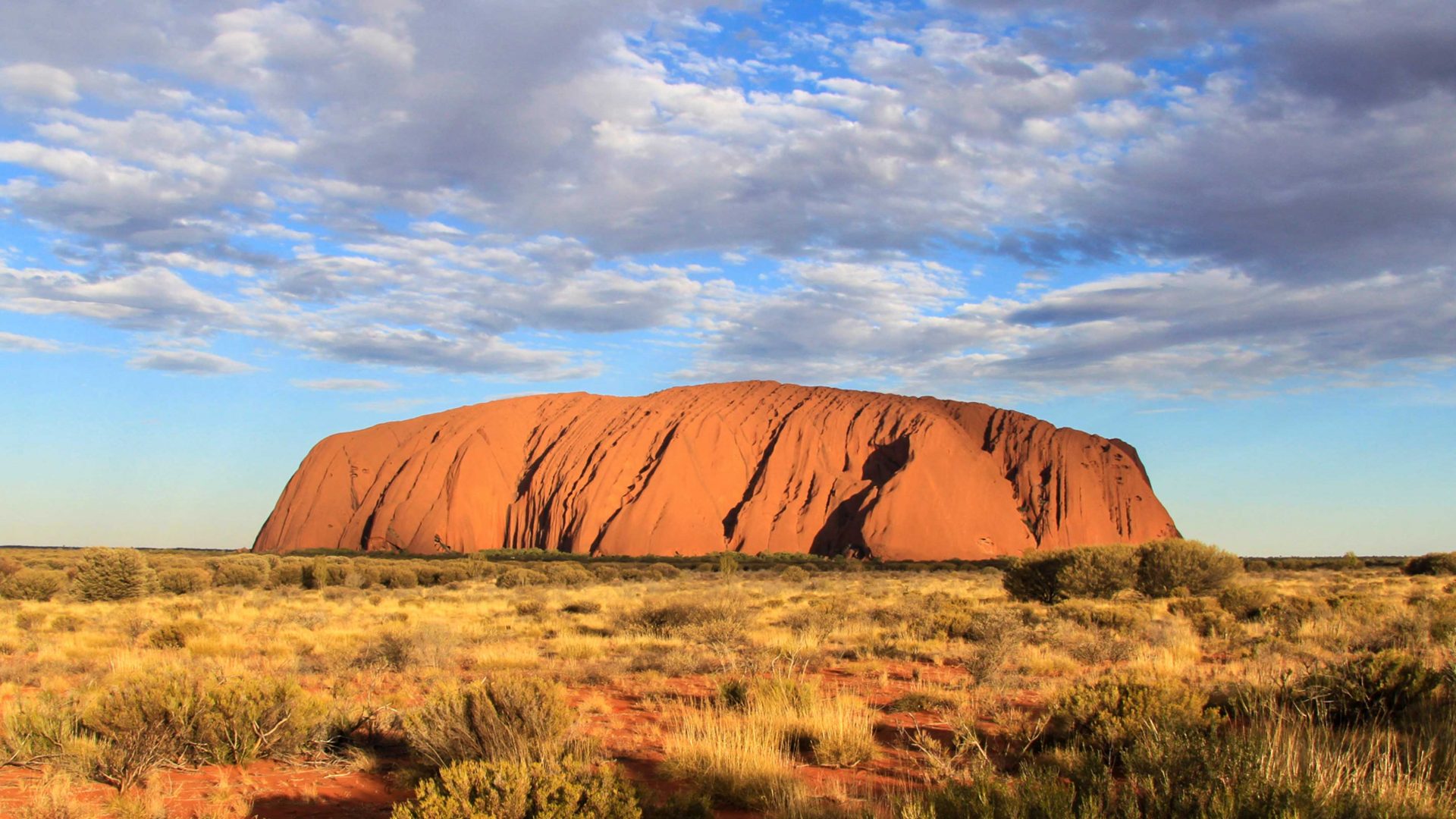With great cameras, or smartphones, comes great responsibility. The way you take a portrait photo can tell a thousand stories and that’s why it’s important to tell the right story, says our featured contributor Lola Akinmade Åkerström.
Mr. Oladiti is a security guard in Lagos, Nigeria. I’ve known him for years and every time I go back home, I see him. I notice new age lines snaking and deepening across his face, and I observe his body hunching lower with each visit.
But he is always there, without fail. Doing his job proudly as a security guard. I don’t know how old he is, but he is clearly old enough to be my grandfather.
Now, imagine if I had only zoomed into his face, converted his photo into black and white, sharpened it into oblivion, and made his age lines pop out more prominently to emphasize his age?
I felt uncomfortable watching her writhe in pain. Other village women rushed around and tried consoling her, but her screams cut through their comfort. It was deafening. From what I could gather, she’d just lost a loved one and her wails were a mixture of grief and regret. She was filled with guilt that she’d failed them in so many ways, and my heart broke.
Except, none of that happened and she was an actor.
They were all actors improvising a scene during a community outreach initiative to teach local villagers about prevention and child care. I was a photojournalist helping document projects of a local NGO.
If I hadn’t shared the context behind the photo, I would have framed how you processed it. If I can steer your emotion through a single image, imagine how easy it is to perpetuate bias through photography?
This is exactly why National Geographic’s editor-in-chief Susan Goldberg’s opinion piece on race caused a stir within the travel photography community. “For decades, our coverage was racist,” she says. “To rise above our past, we must acknowledge it”.
And that was just the opening title of her article. That an institution so powerful and influential finally admitted that photography is indeed subjective and the way we portray each other shapes our biases was a breath of fresh air.
Goldberg went on to explain that how National Geographic presents race does matter, and that the feedback received from their readers said that the prestigious institution provided them with their very first look at the world. “Our explorers, scientists, photographers, and writers have taken people to places they’d never even imagined,” she says.
Those pioneering photos between that iconic yellow frame also visually took me across the globe as a child growing up in Nigeria. I too dreamed of being that pioneering travel photographer jetting off and exploring far-flung lands, bringing back images of my own.
While the hauntingly stunning portraits I pored over in edition after edition of National Geographic inspired me to pursue this path, I often wonder what types of images I would bring back if I were privileged enough to be invited to stay with and learn more about various indigenous tribes?
Will I bring back similar grave images that continually shape our minds and keep us treading around indigenous tribes like they live in a fishbowl? Or would I bring back something more relaxed showing our shared humanity and moments of joyous connection?
RELATED: Inside the lives of Mongolia’s nomads
Because for me as a photographer, my goal is to show the world how my subjects want to be shown to the world—as wholly as possible. I may only want to share Mr. Oladiti’s black and white etched face photo with the world, but that would be irresponsible of me given what I know of him.
This remains in my subconscious and continually drives my work: To ‘listen’ to people—whether it’s through what they say or their body language—and to truly acknowledge them in a way that shows them in their most complete light with dignity.
In this way, my travel photography will forever be subjective. A way of counteracting the same narrative I’ve seen time and time again where people are objectified in the name of art.
It’s been two years since I’ve seen Mr. Oladiti. I hope he’s still around when I head back this year. And if not, I hope my photos did him justice.


